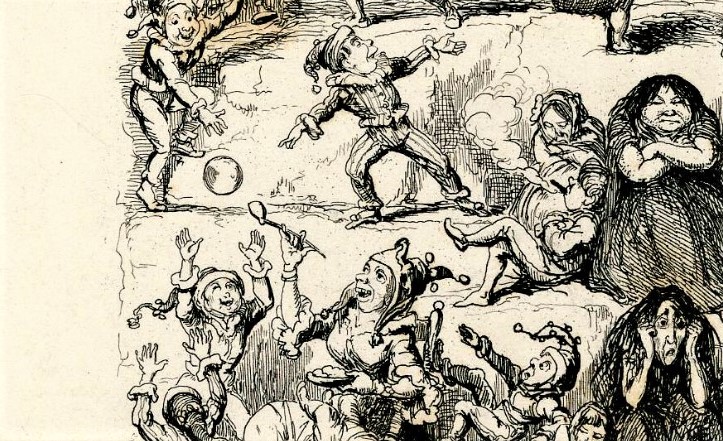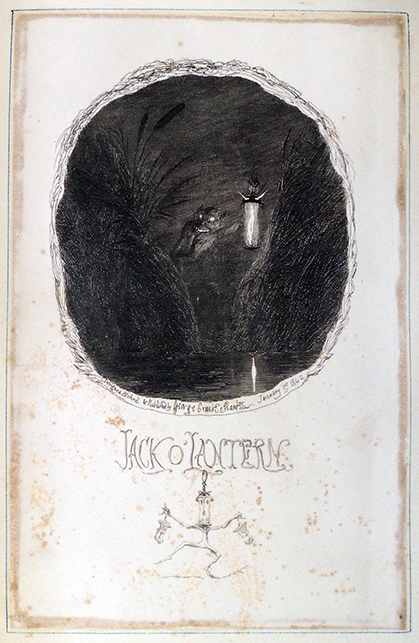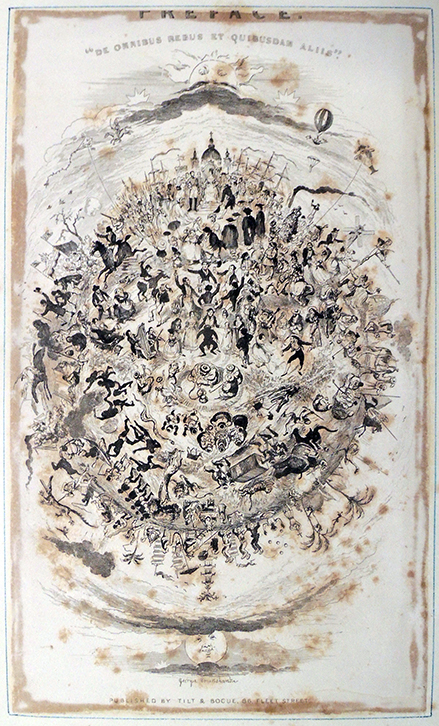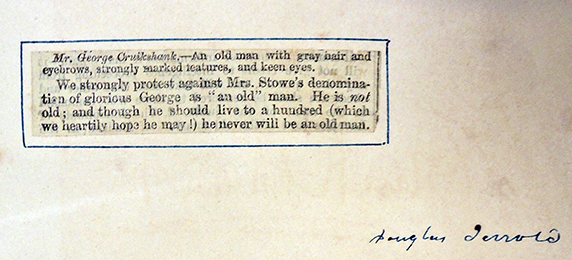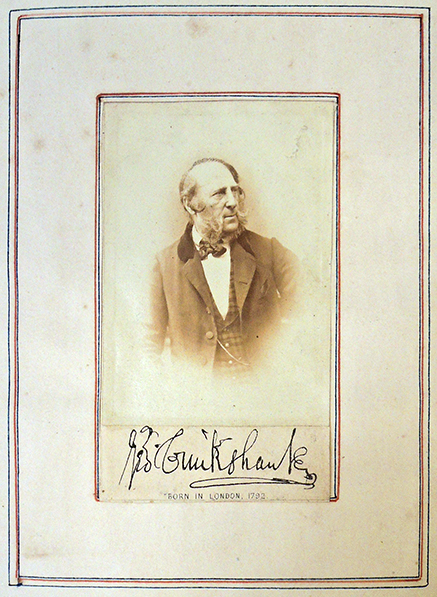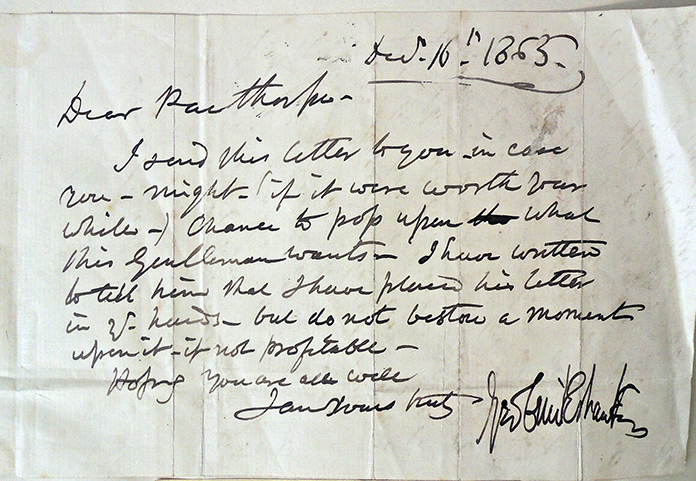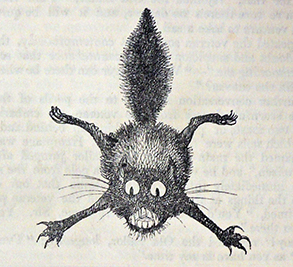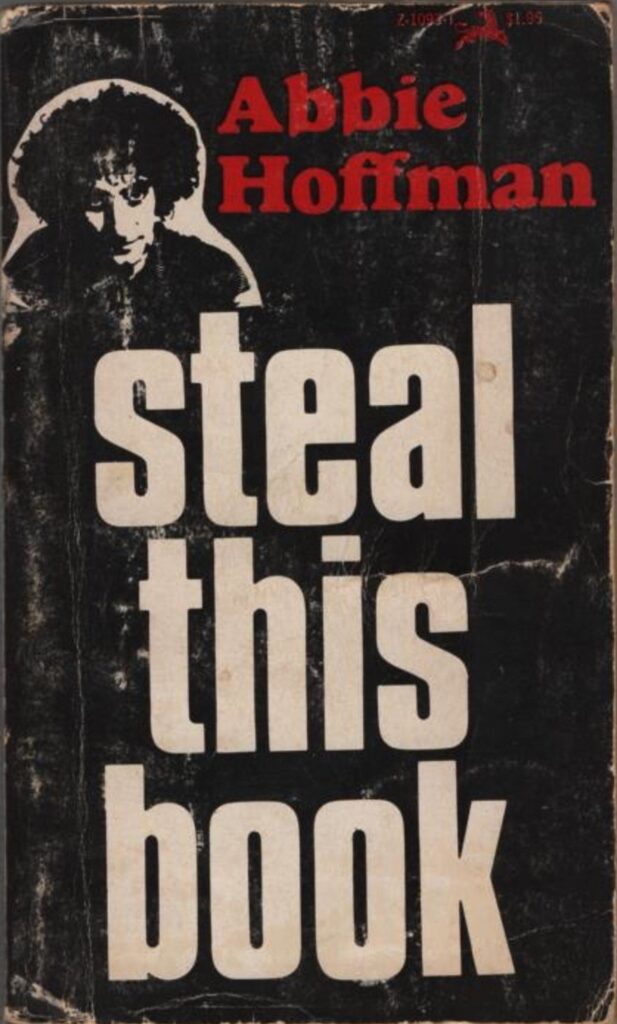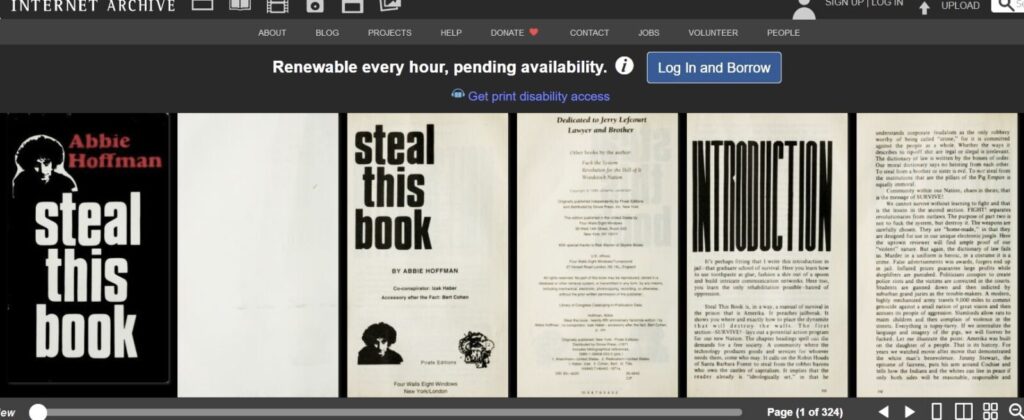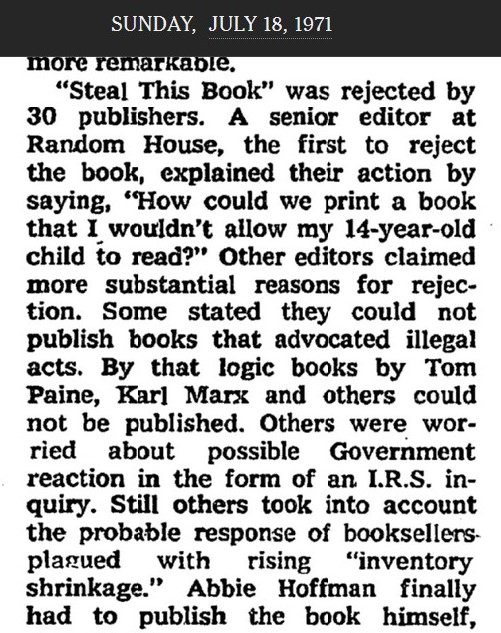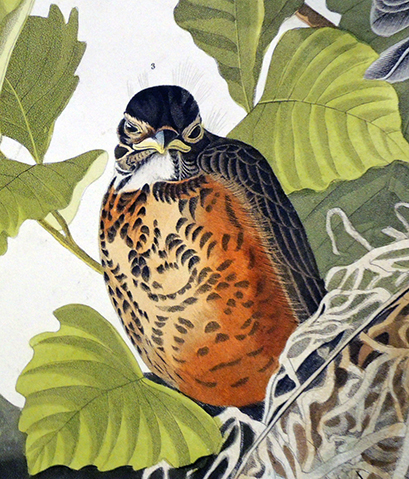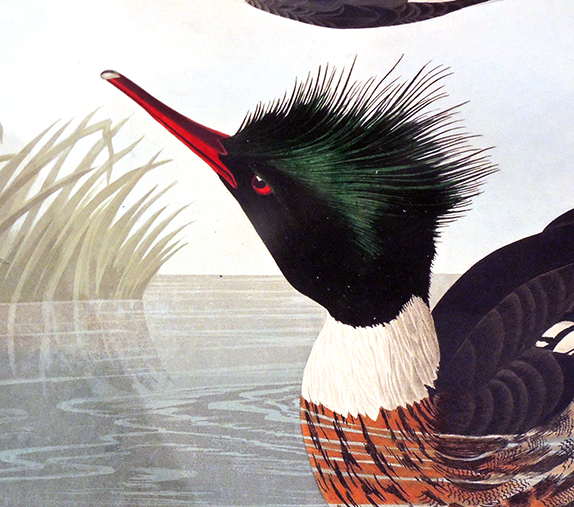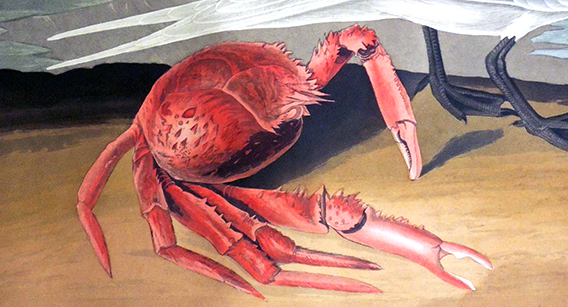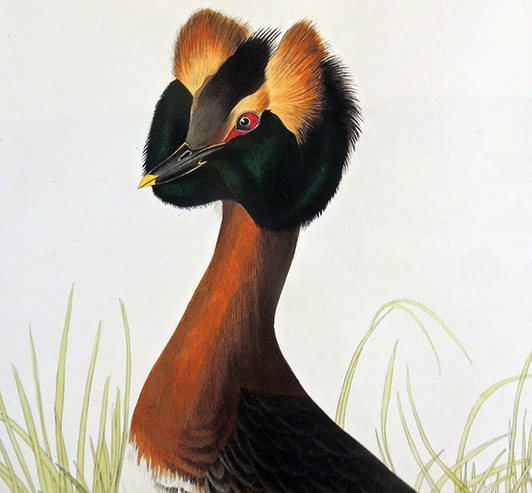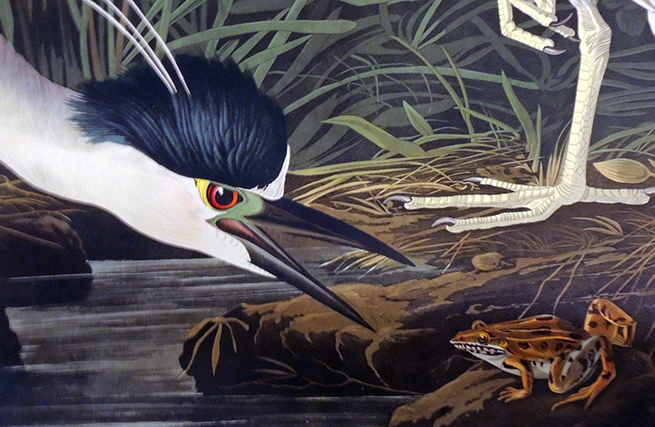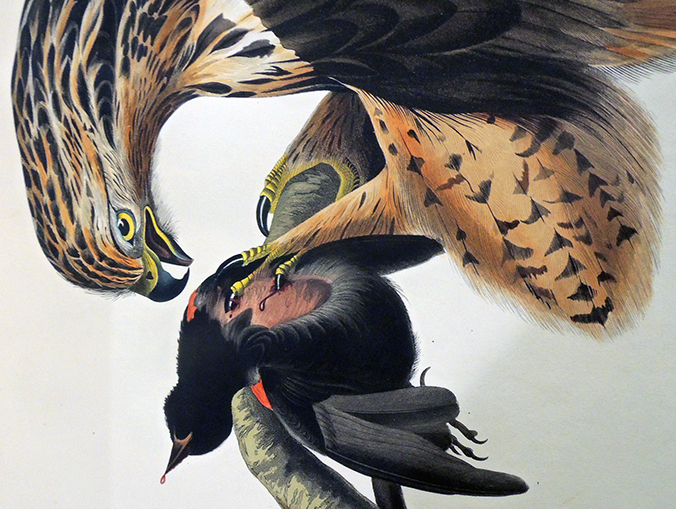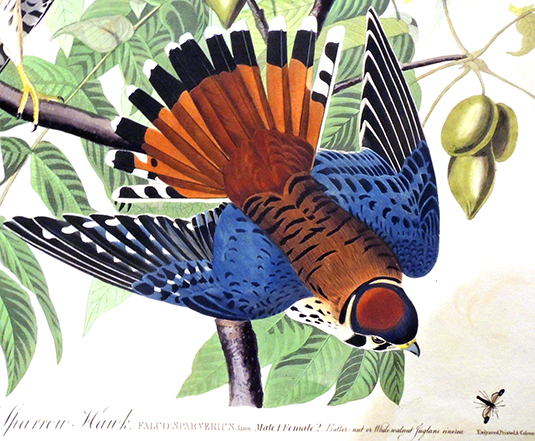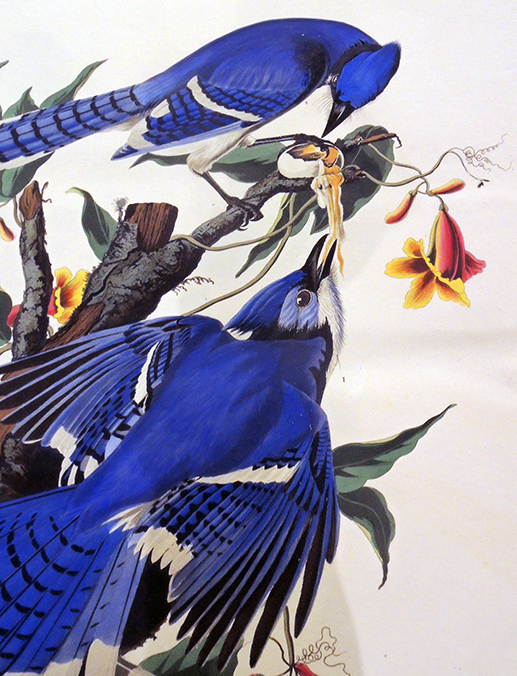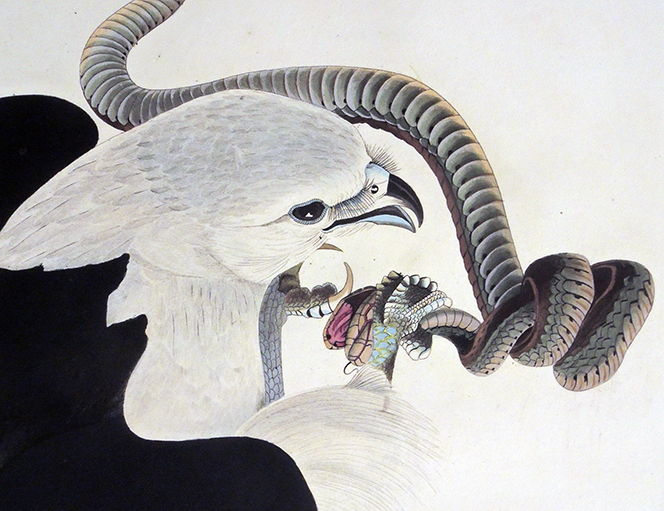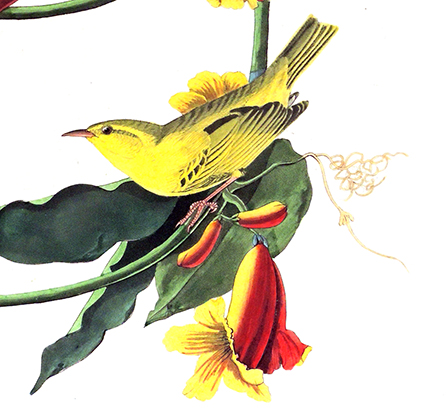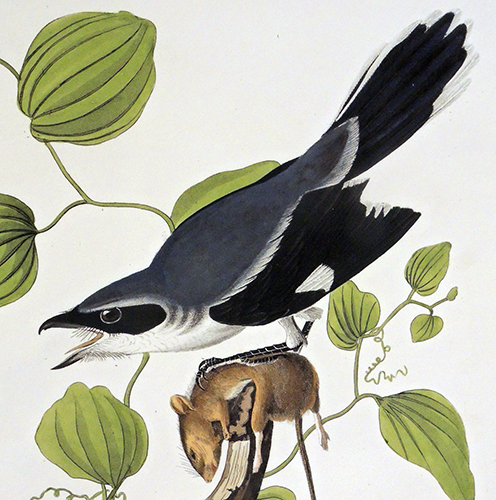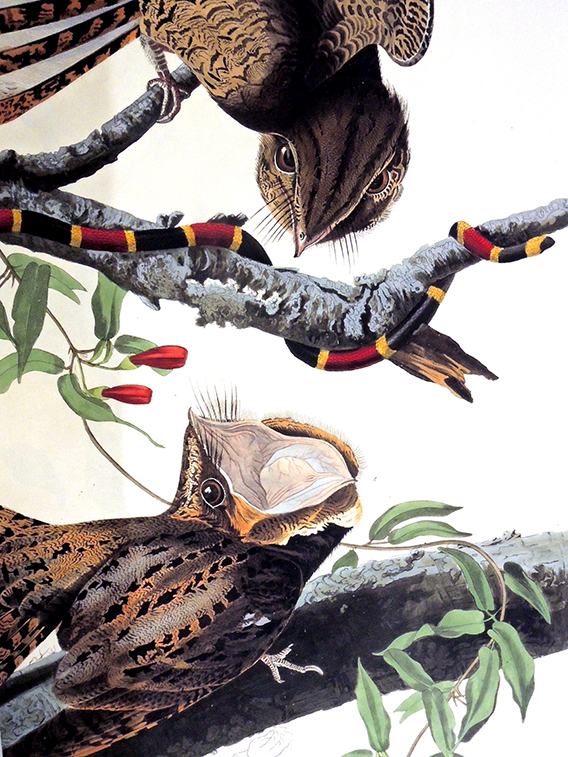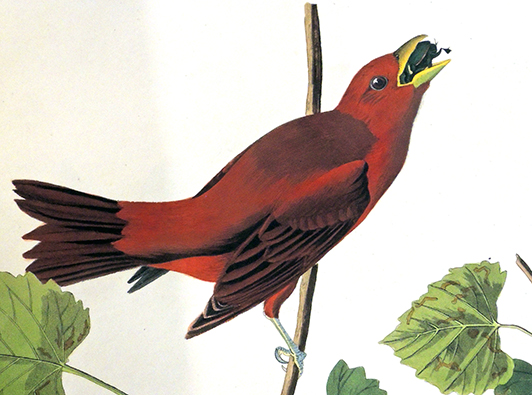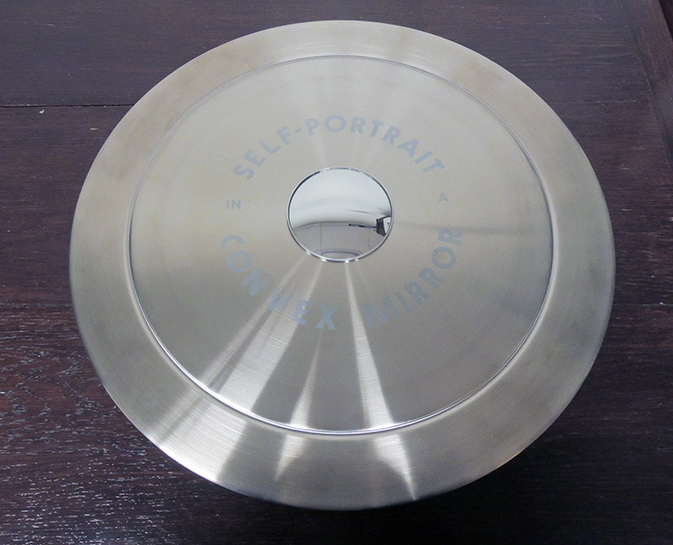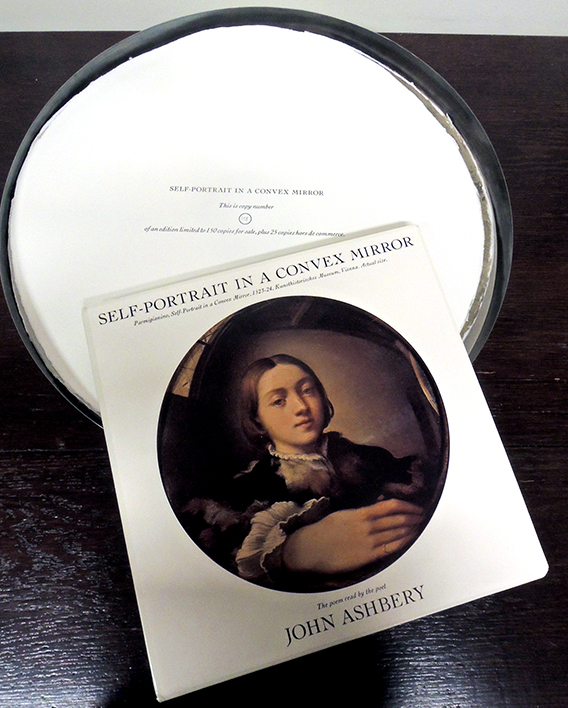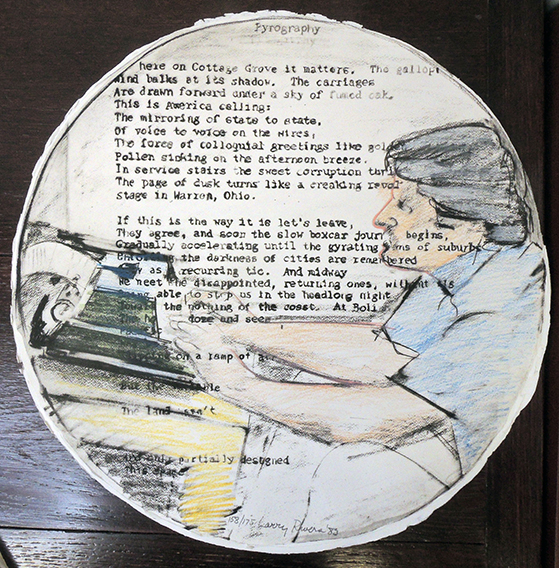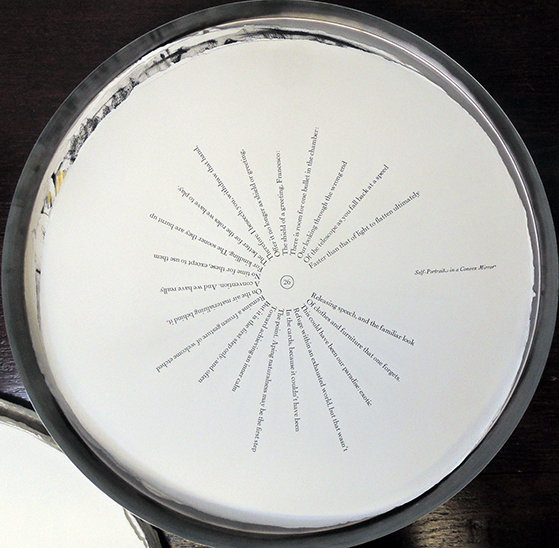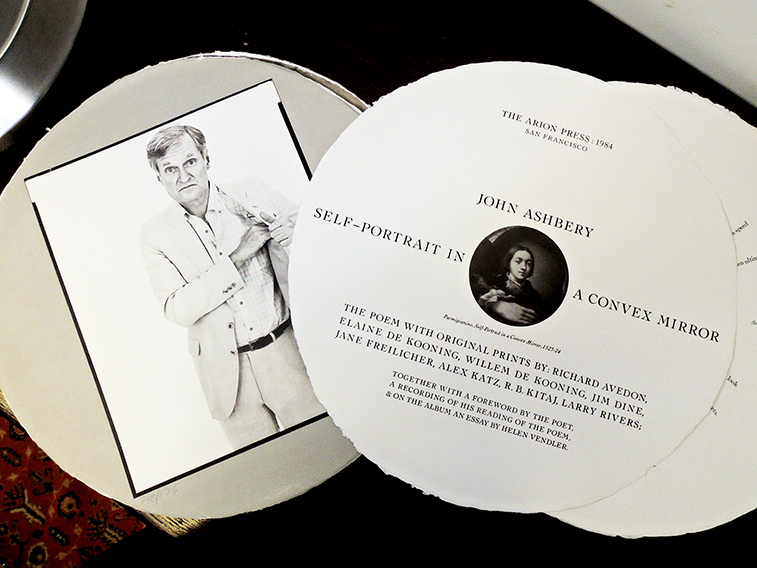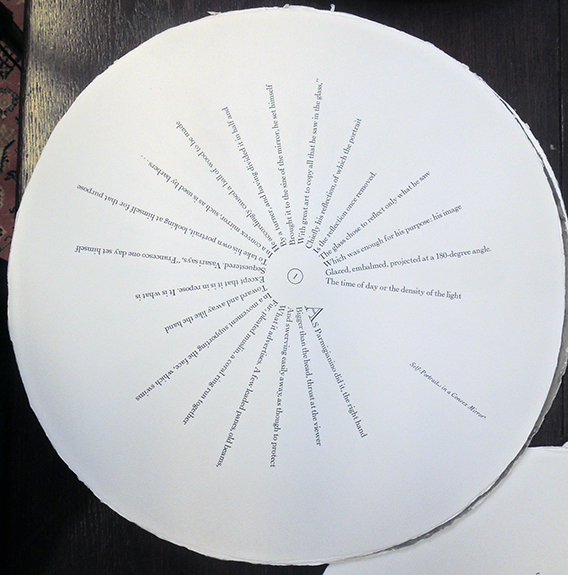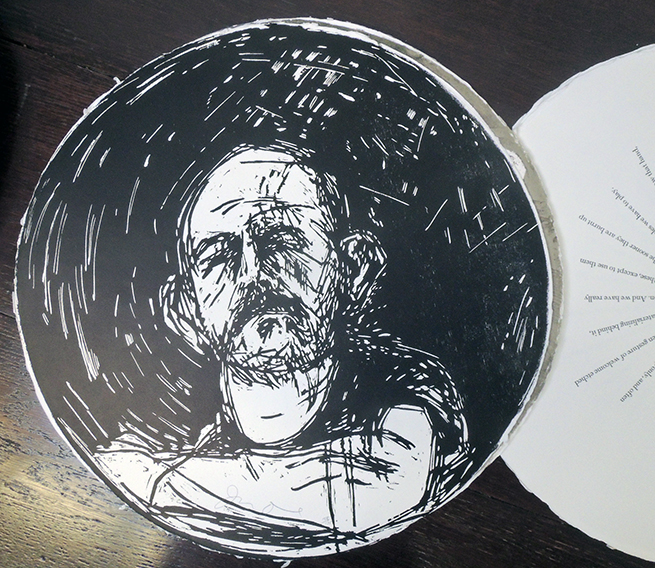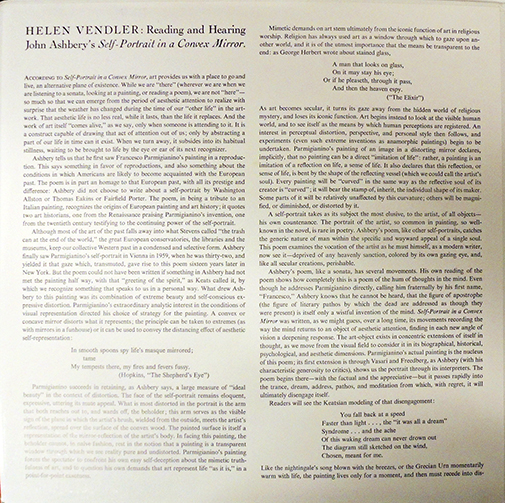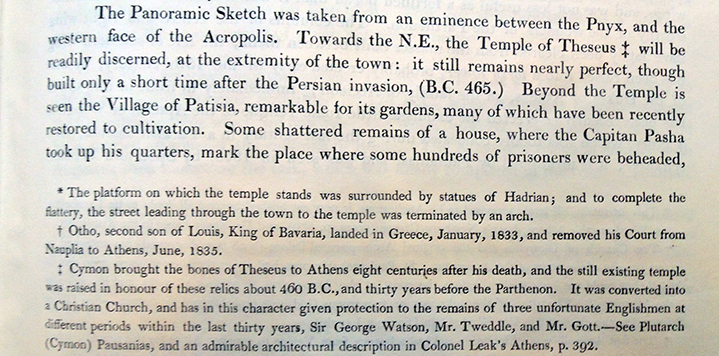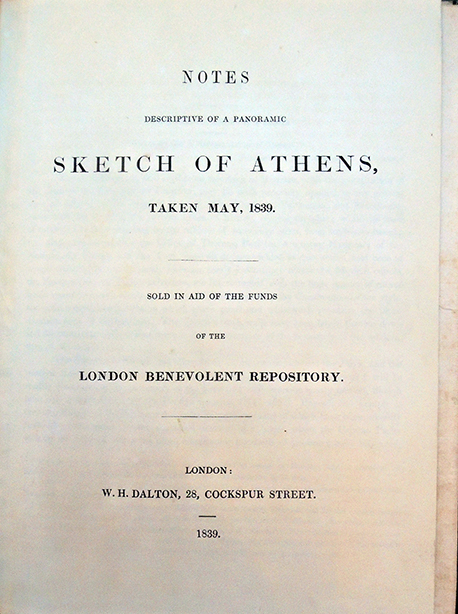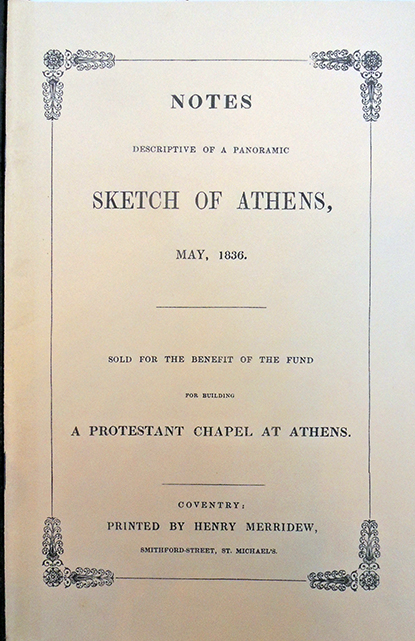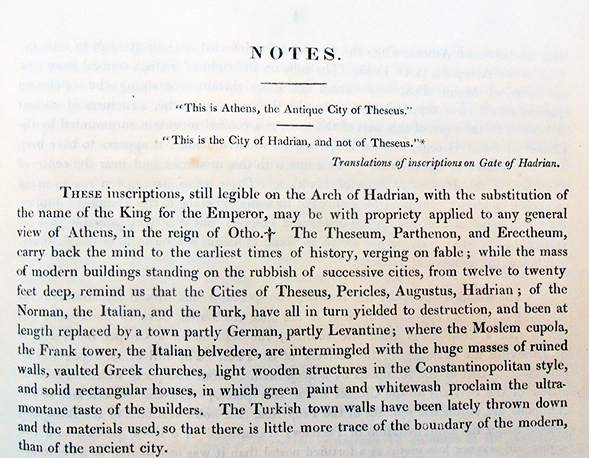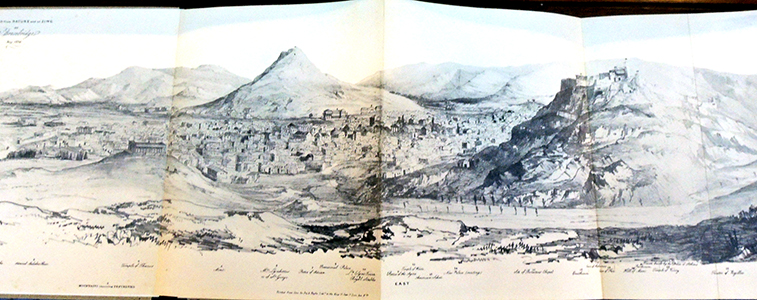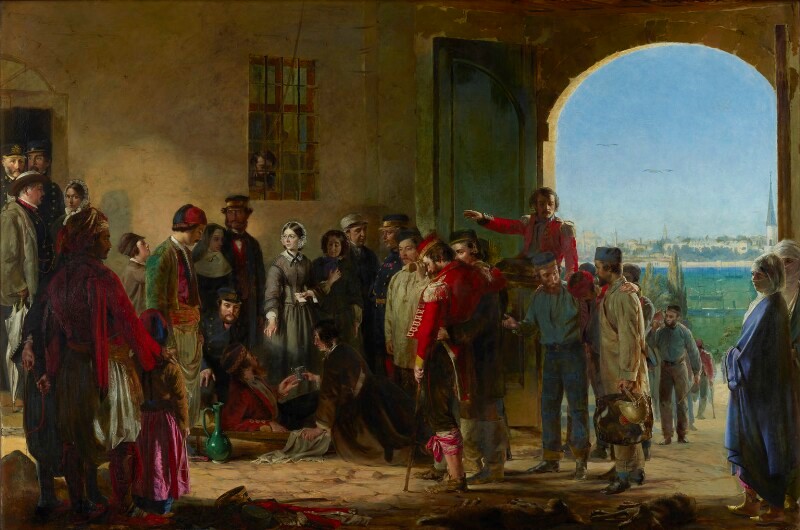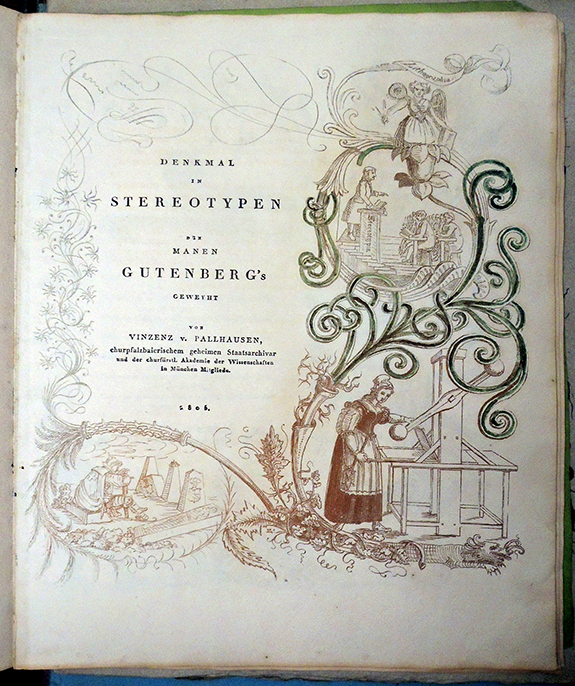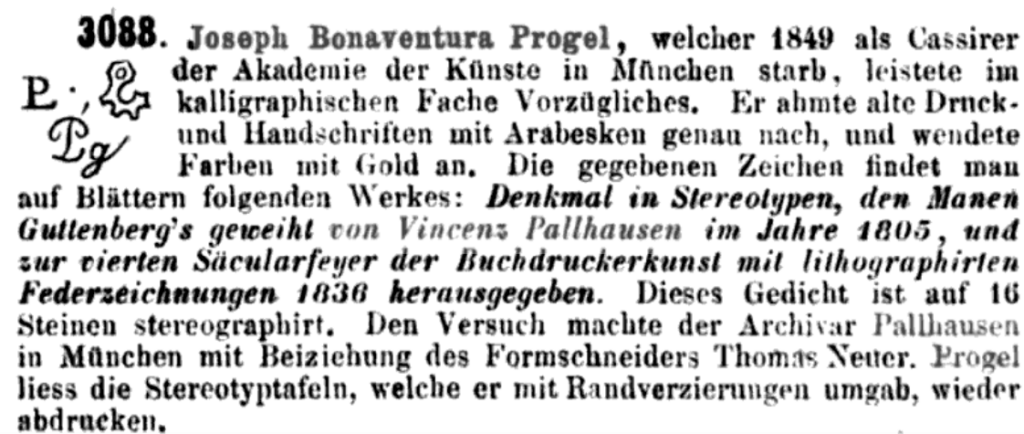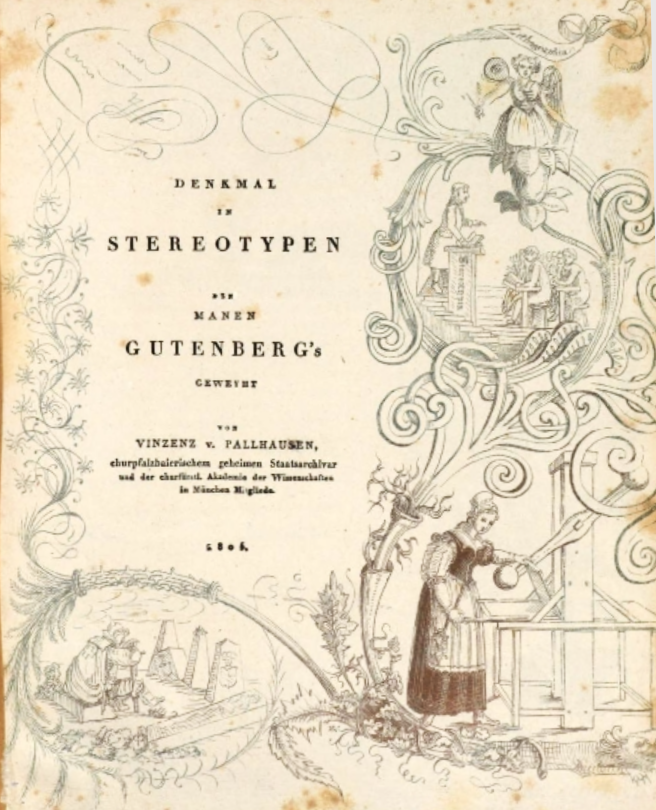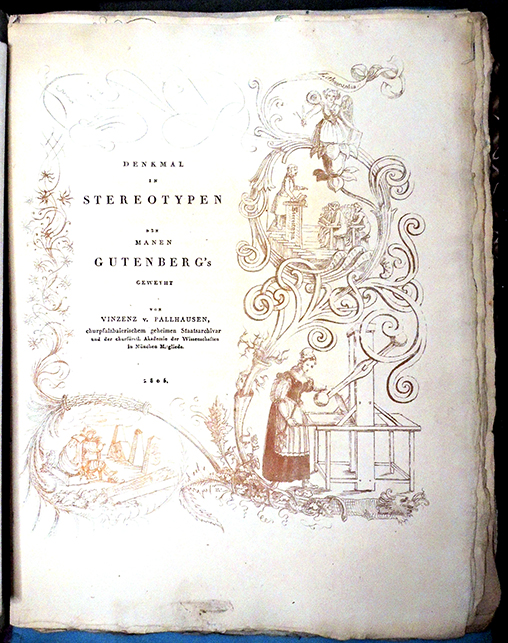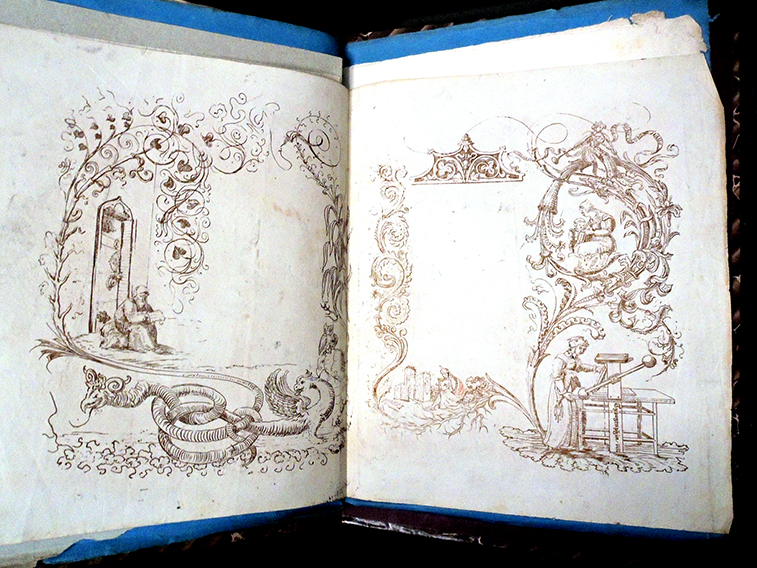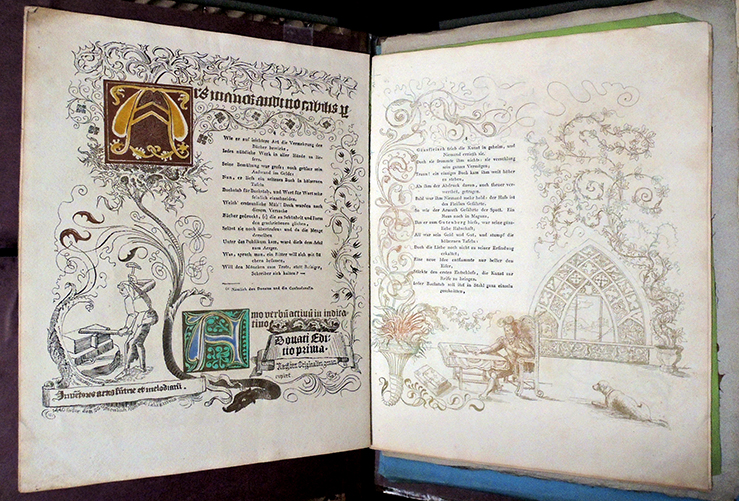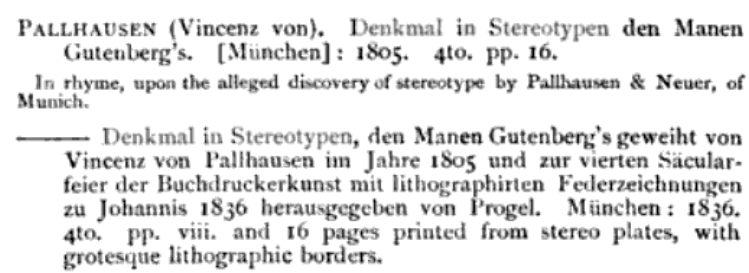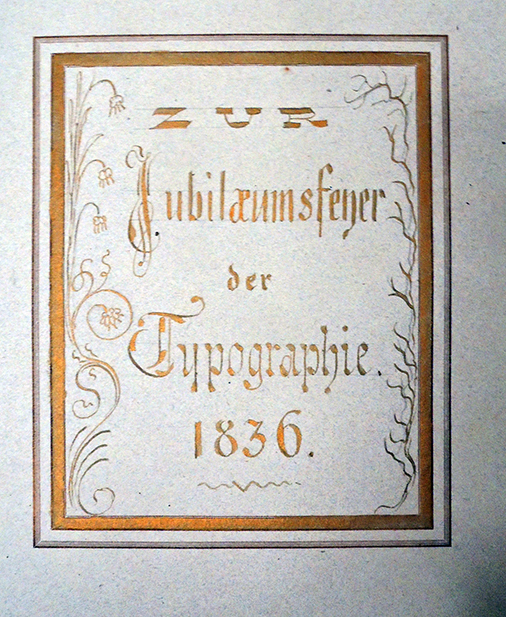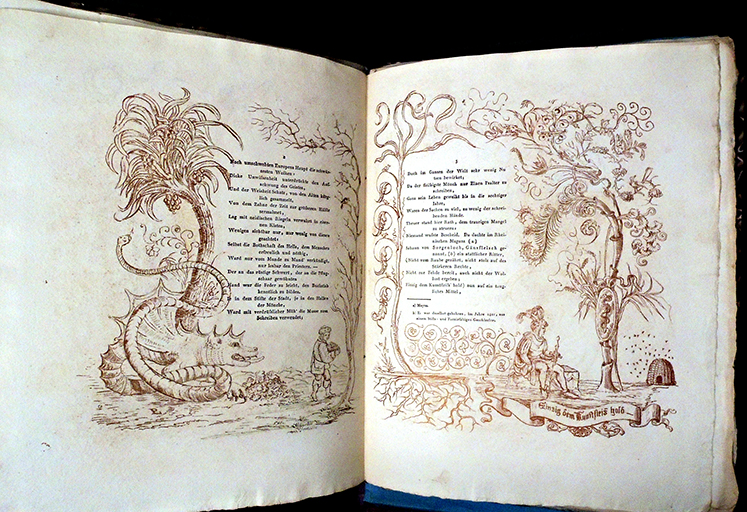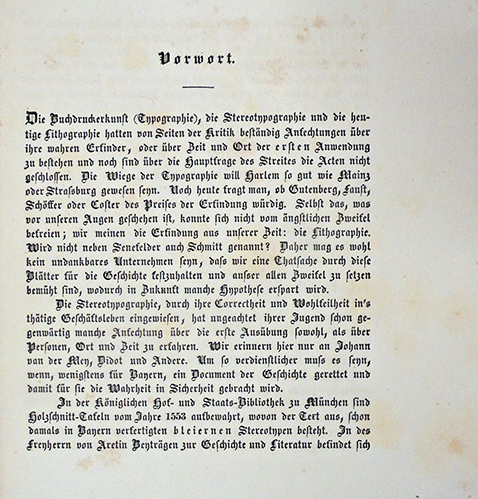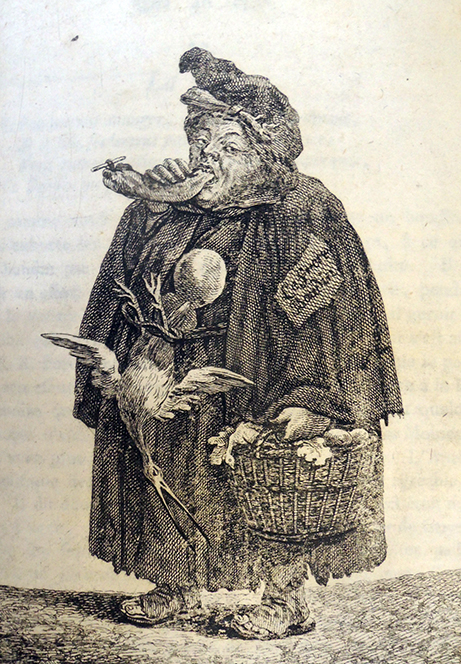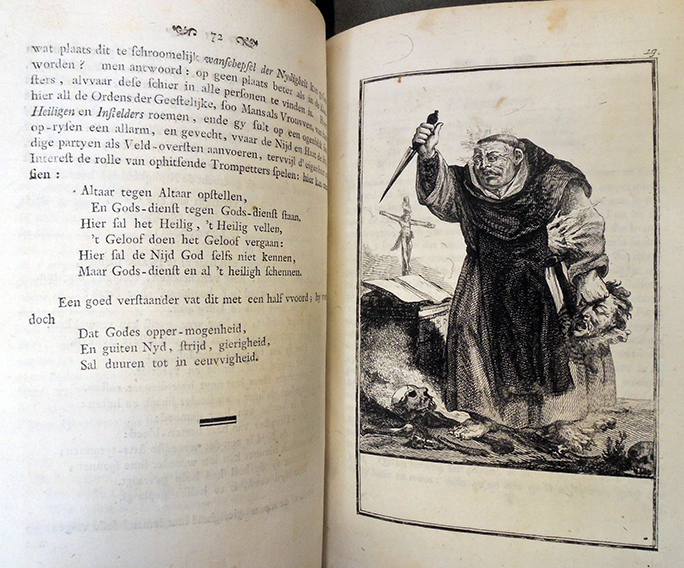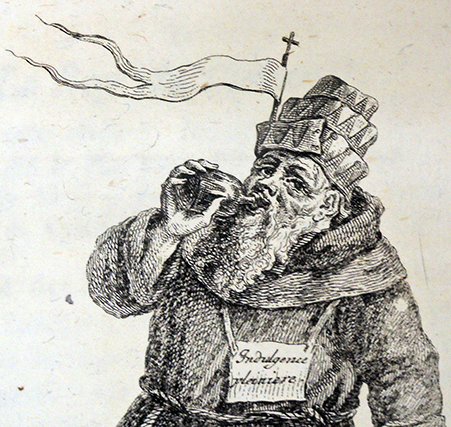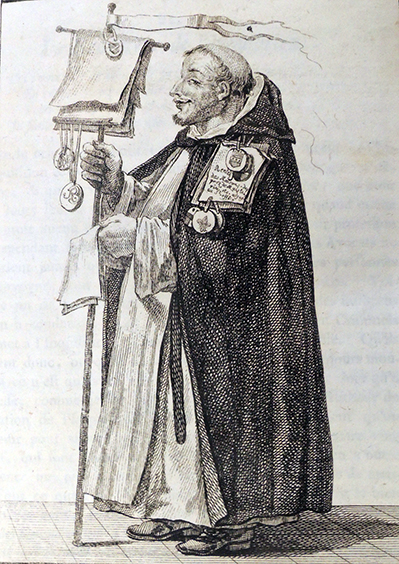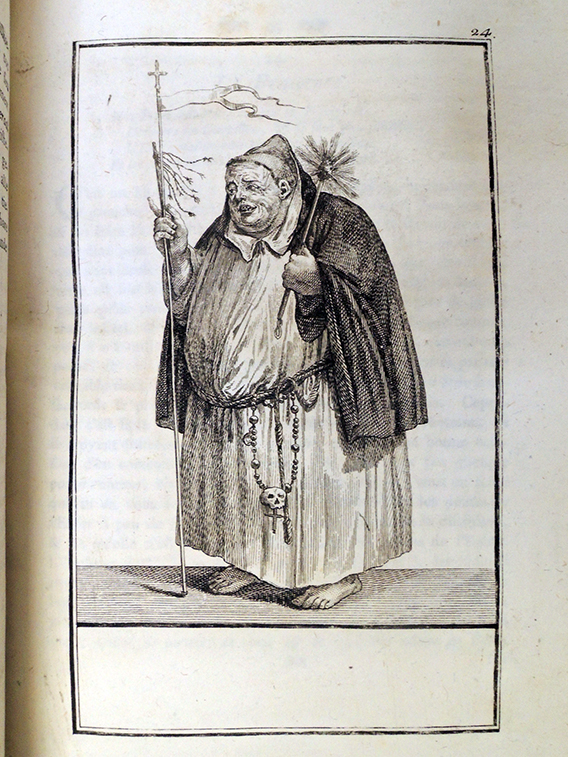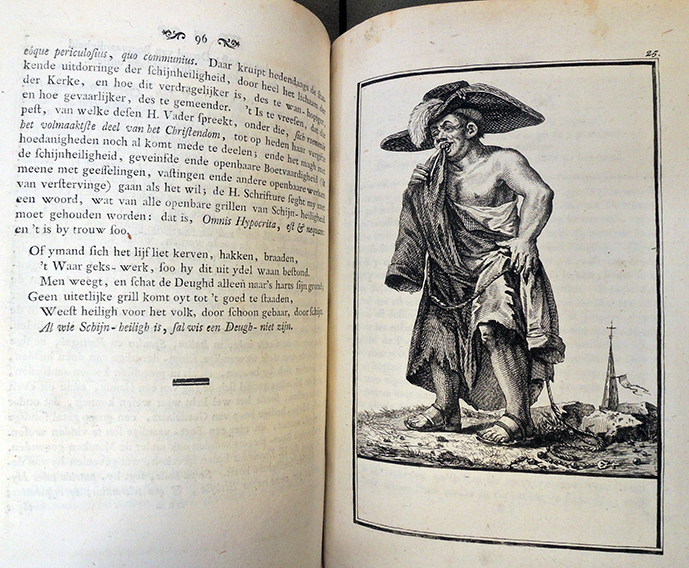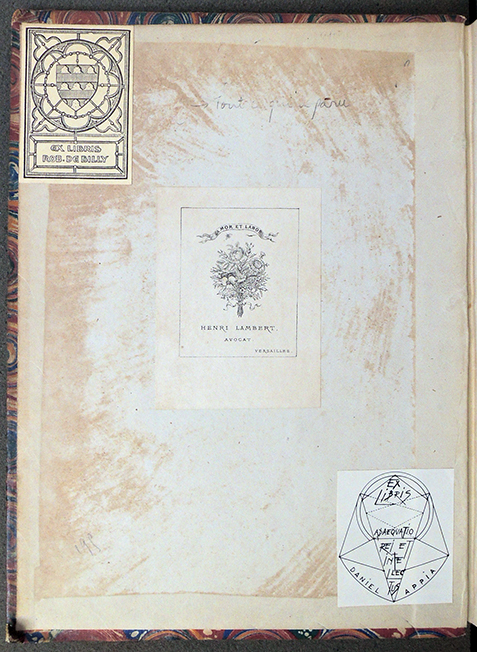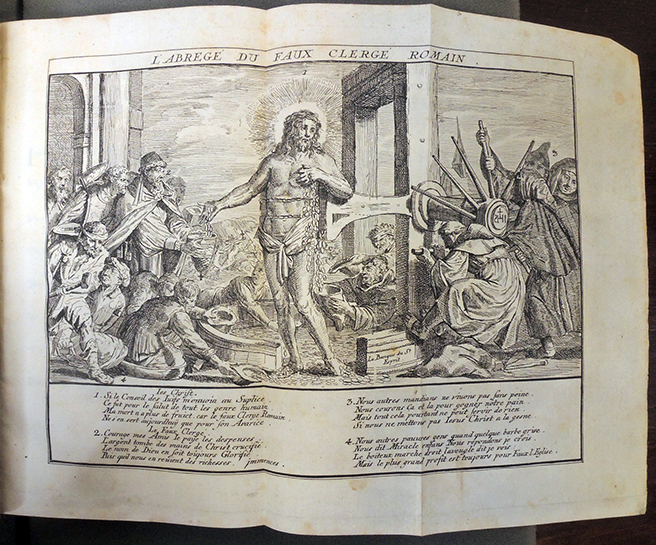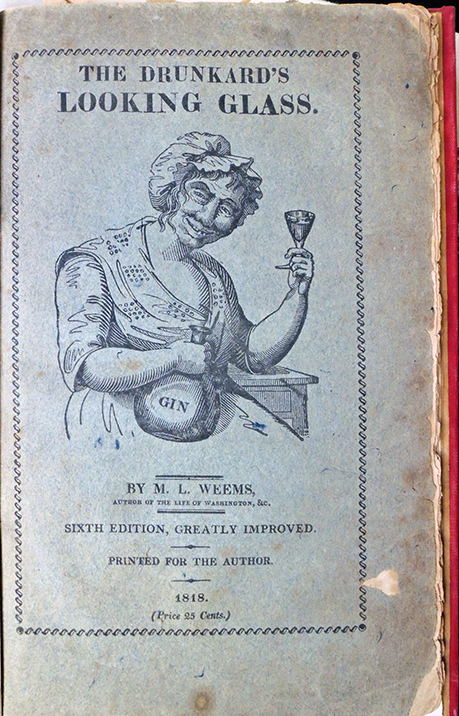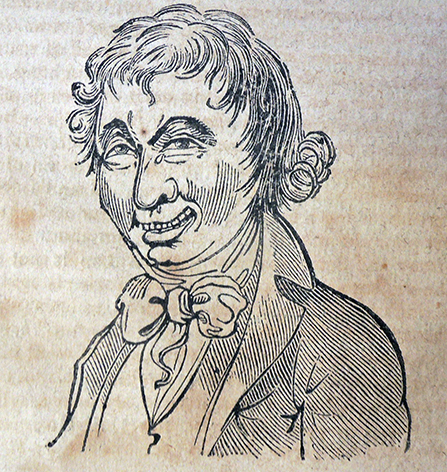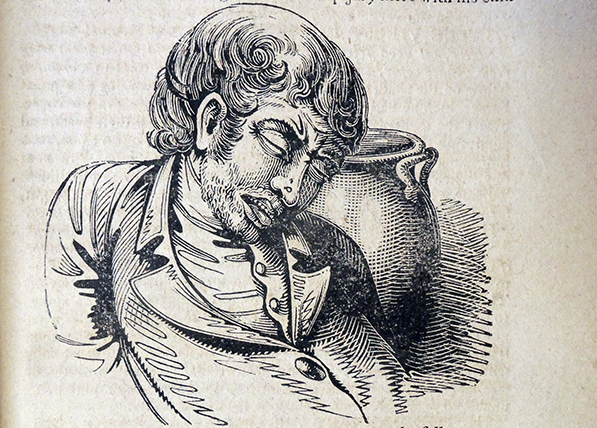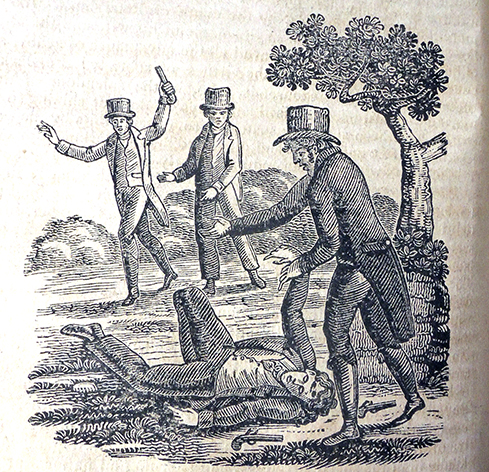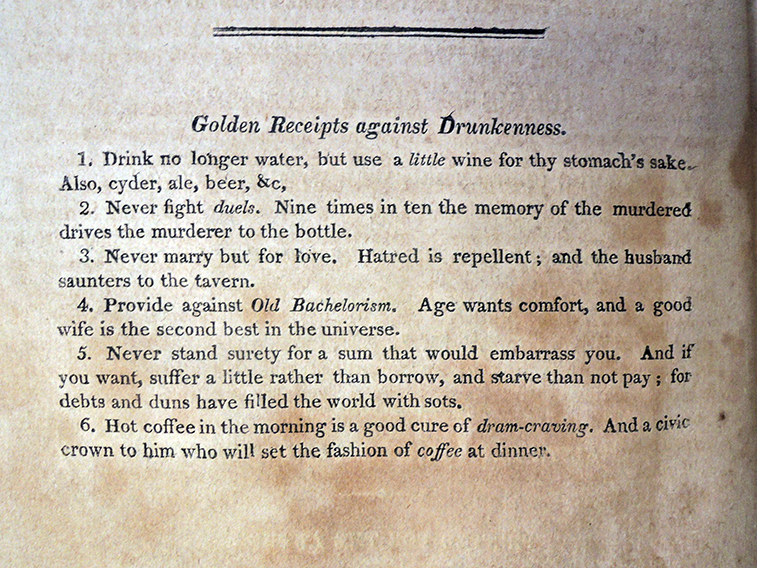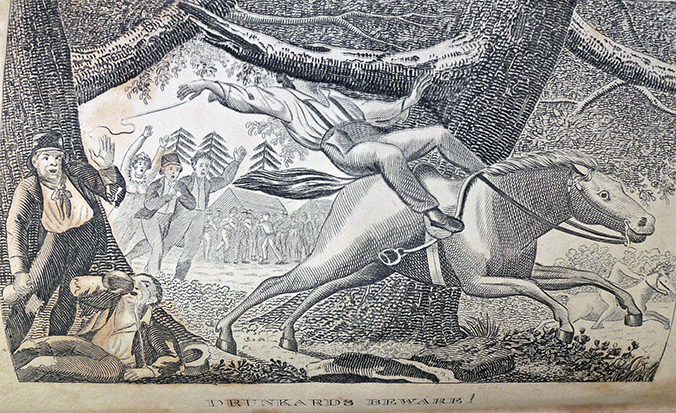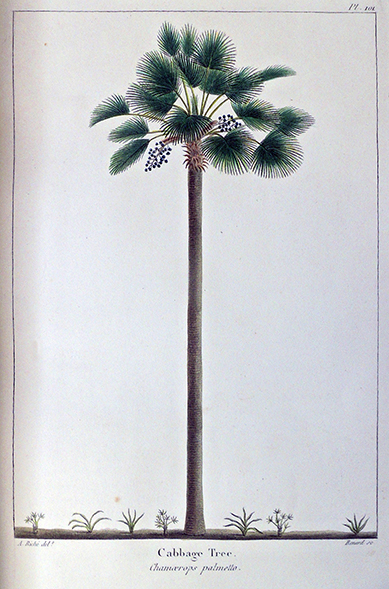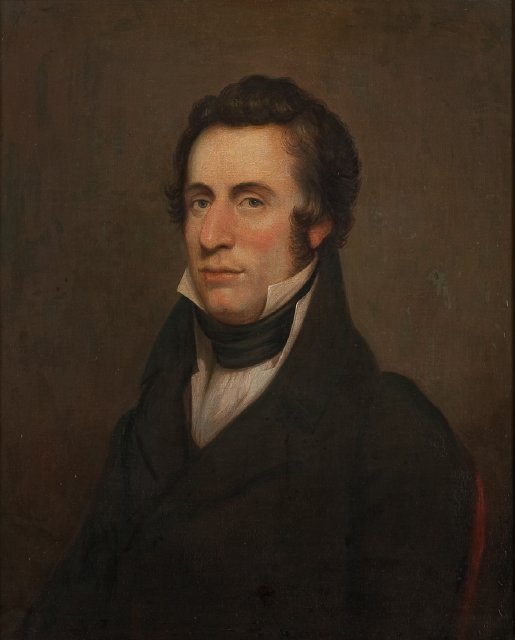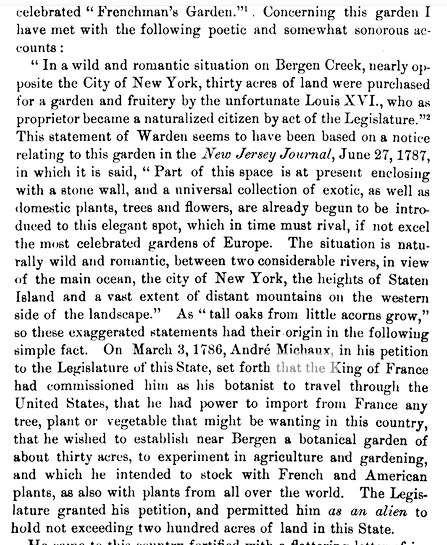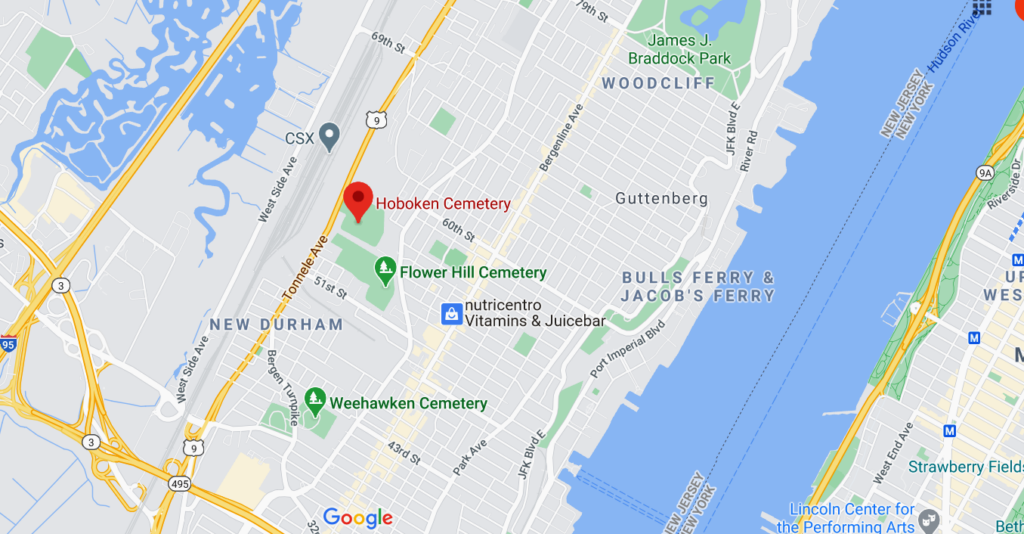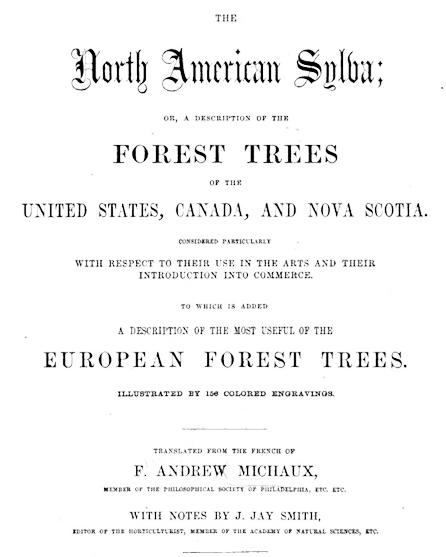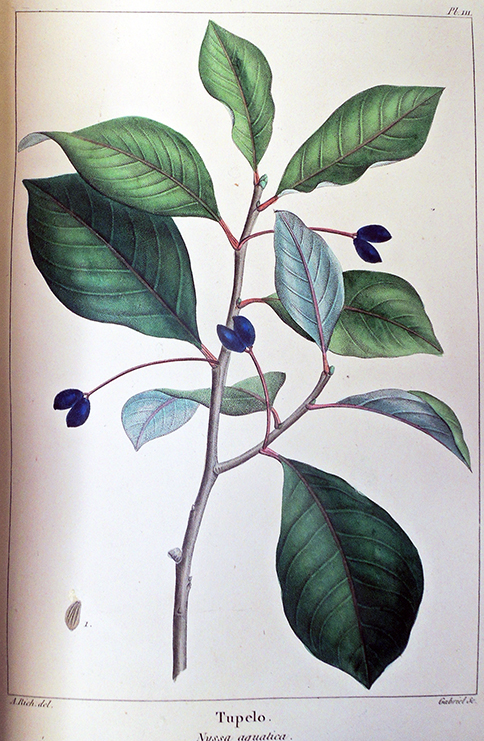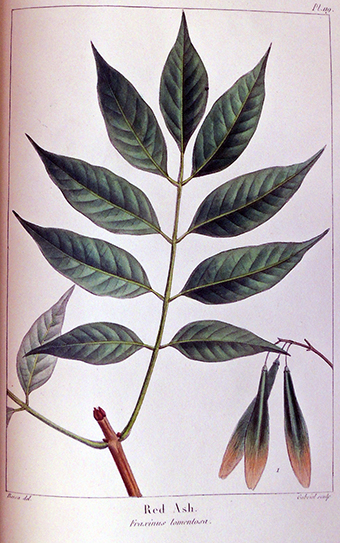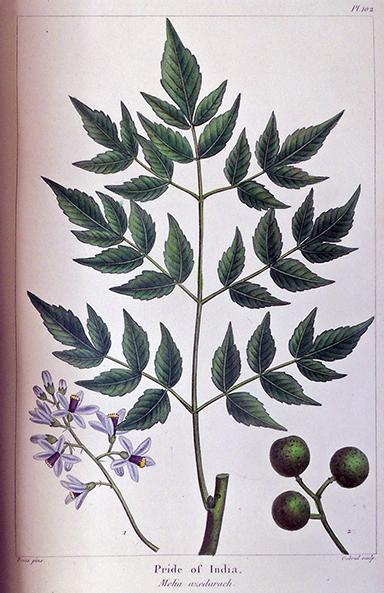
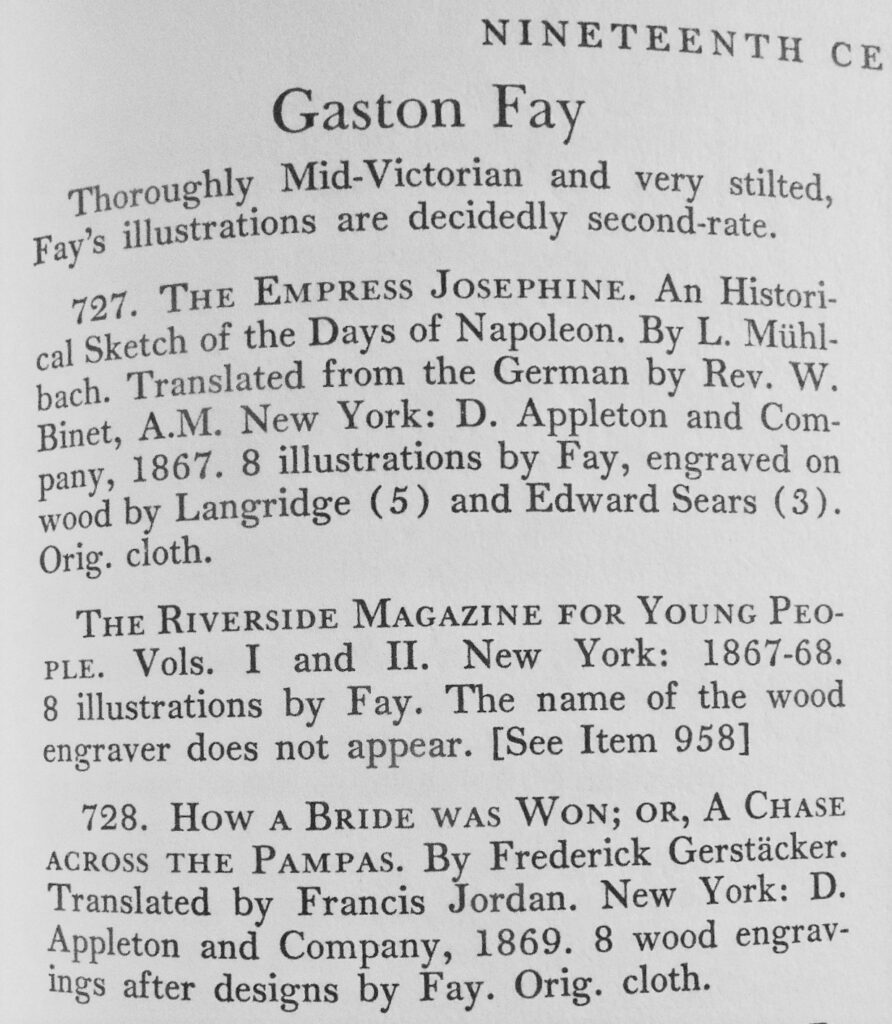 In Early American book illustrators and wood engravers, 1670-1870 and his supplement, Sinclair Hamilton lists a 19th-century wood engraver named Gaston Fay and credits any illustration using the single name “Fay” to Gaston. Yet, New York directories, magazine advertising, and other sources reveal that Augustus Fay had a greater presence in the commercial publishing world of the mid-19th century.
In Early American book illustrators and wood engravers, 1670-1870 and his supplement, Sinclair Hamilton lists a 19th-century wood engraver named Gaston Fay and credits any illustration using the single name “Fay” to Gaston. Yet, New York directories, magazine advertising, and other sources reveal that Augustus Fay had a greater presence in the commercial publishing world of the mid-19th century.
The life dates for Augustus Fay are unknown. He is listed as age 26 in 1850 and 45 in 1870, so he was born in the early 1820s. Throughout his career he is known as both an engraver and a designer, a slighly high position than engraver alone.
Listings here are from Robert Macoy, How to See New York and Its Environs, 1776-1876 (1875) and The Trow City Directory … of New York City (1866 – ), along with an Ancestry census page.


In the late 1850s or early 1860s, Augustus Fay joined forces with Stephen J. Cox to form Fay & Cox located at 105 Nassau Street in lower Manhattan. Their logo [below] was found in the autobiography of the popular magician and ventriloquist Signor Blitz, published in 1872.
An online biography of True Williams notes that the artist “returned to New York was hired by a graphics firm owned by Augustus Fay and Stephen J. Cox in New York City. It was in fact the first syndicated illustration business in America. The firm produced illustrations and engravings for the subscription publishing companies located in Hartford, Connecticut.”– https://histclo.com/art/illus/ind/i-will.html
Below is a partial list of books with illustrations provided by the company of Fay & Cox, including several suggesting they were written and published by the company. Another two dozen or so, not listed here, were illustrated by Augustus Fay individually. This puts into question Sinclair Hamilton’s suggestion that any mention of the name Fay should be attributed to Gaston.

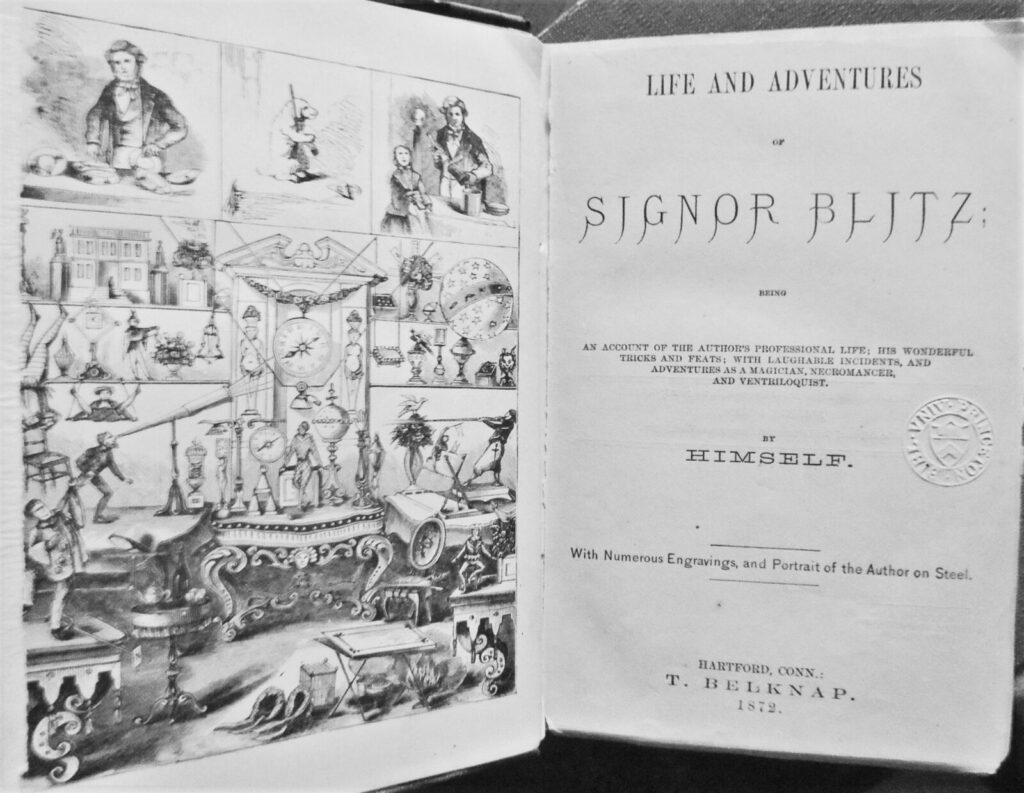

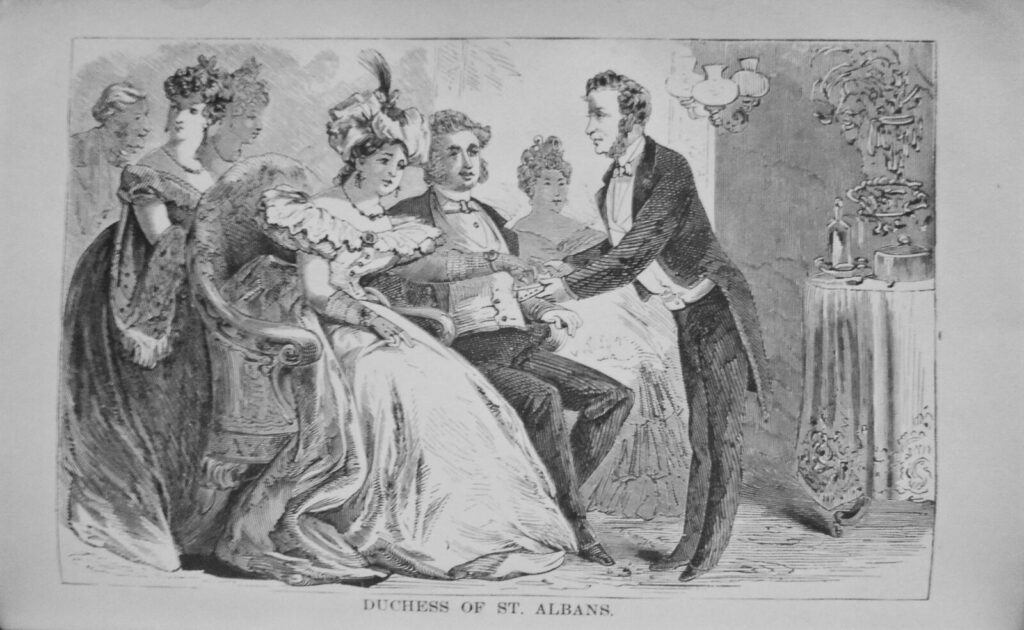
The New world in 1859: being the United States and Canada, illustrated and described in five parts … by Thomas Wightman; John William Orr; John Andrew; …; Fay & Cox… (London ; New York: H. Bailliere, 1859).
The J.L. Mott Iron Works. St. George Building, 90 Beekman Street, New York by Fay & Cox ([between 1860 and 1880])
The miner boy and his Monitor, or, The career and achievements of John Ericsson, the engineer by P C Headley; William Henry Appleton; Fay & Cox (New York: William H. Appleton, 1865, ©1864).
The hero boy, or, The life and deeds of Lieut-Gen. Grant by P C Headley; Fay & Cox (New York: William H. Appleton, 1864).
Life and naval career of Vice-admiral David Glascoe Farragut by P C Headley; William Henry Appleton; Fay & Cox (New York: William H. Appleton, 1865).
The patriot boy, or, The life and career of Major-General Ormsby M. Mitchel by P C Headley; Fay & Cox (New York: William H. Appleton, 1865. ©1864)
Old salamander: the life and naval career of Admiral David Glascoe [sic] Farragut by P C Headley; Fay & Cox (Boston: Lee and Shepard ; New York: Charles T. Dillingham, ©1865).
A youth’s history of the great Civil War in the United States from 1861 to 1865 by R G Horton; Fay & Cox.; Van Evrie, Horton & Co.; Smith & McDougal (New York: Van Evrie, Horton & Co., 1867, ©1866)
Elsie Dinsmore by Martha Finley; Moses Woodruff Dodd; Fay & Cox… (New York: M.W. Dodd, 605 Broadway, 1867).
Percy’s year of rhymes; Fay & Cox ([Cambridge, Mass.]: Riverside Press ; New York: Hurd and Houghton, 1867, ©1866)
Paul and Virginia by Bernardin de Saint-Pierre; Augustus Hoppin; Fay & Cox (New York: Hurd and Houghton, 1867).
Pebbles and pearls for the young folks by Abby Sage Richardson; Edwin Forbes; H L Stephens; George G White; Henry Walker Herrick; Arthur Lumley; A C Warren;…; Fay & Cox (Hartford, Conn.: American Pub. Co. ; New York: Bliss and Co. 1868, ©1867).
Angel-dreams: a series of tales for children by Austin Carroll; Fay & Cox (New York: Catholic Publication Society, 1869).
Onward: a magazine for the young manhood of America by Charles L Schönberg; David L Schönberg; Arthur Lumley; Fay & Cox (New York: [Mayne Reid], [1869-70])
Impressions of Spain by Mary Elizabeth Herbert Herbert, Baroness; Fay & Cox (New York: Catholic Publication Society, 126 Nassau Street, 1869)
Beyond the Mississippi … by Albert D Richardson; Frank Beard; James Carter Beard; Joseph Becker; Albert Bierstadt …; William Warzbach; Carelton E Watkins; Alfred R Waud; Fay & Cox… (Hartford, Conn.: American Publishing Company, ©1869).
Views of Native Americans by C Sohon; John Mix Stanley; N Fay; A W Warren; Bowen & Co.; Sarony, Major & Knapp.; Fay & Cox (approximately 1850-ca. 1870).
Roughing it by Mark Twain; True Williams; James H Richardson; Duffield Ashmead; …; Fay & Cox (Hartford, Conn.: American Publishing Company, 1871).
Struggles and triumphs, or, Forty years’ recollections by P T Barnum; George Edward Perine; Fay & Cox (Buffalo: Warren, Johnson & Co., 1872, ©1871).
Life and adventures of Signor Blitz; being an account of the author’s professional life; his wonderful tricks and feats… by Antonio Blitz (Hartford, Conn., T. Belknap, 1872.
Wood’s illustrated hand-book to New York and environs ... by Fay & Cox (New York: G.W. Carleton & Co., 1873).
The adventures of the Bodley family by Horace Elisha Scudder; S B Barrett; Charles Whittingham; John J Harley; J Augustus Bogert; John Andrew; James L Langridge; Henry Walker Herrick; Felix Octavius Carr Darley; Thomas Nast; William J Pierce; Chiswick Press.; Fay & Cox (London: S.B. Barrett, 1876, ©1875).
Doings of the Bodley family in town and country by Horace Elisha Scudder; Henry Walker Herrick; Felix Octavius Carr Darley; Thomas Nast …; Annette Bishop; Fay & Cox… (Boston: Houghton, Osgood and Co., 1879).

 George Cruikshank (1792-1878), “An Outline of Society in Our Own Times,” from Our Own Times ([London]: Bradbury & Evans, 1846). No. 1 (Apr. 1846)-no. 4 (July 1846). Graphic Arts Collection Cruik 1846.2
George Cruikshank (1792-1878), “An Outline of Society in Our Own Times,” from Our Own Times ([London]: Bradbury & Evans, 1846). No. 1 (Apr. 1846)-no. 4 (July 1846). Graphic Arts Collection Cruik 1846.2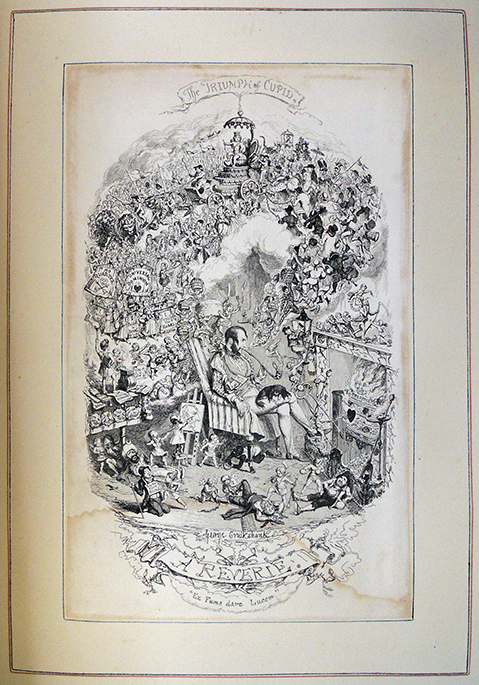 Note in “The Triumph of Cupid” not only several self portraits of Cruikshank but enslaved European, African, and Middle Eastern men in chains at the bottom of this imaginary scene.
Note in “The Triumph of Cupid” not only several self portraits of Cruikshank but enslaved European, African, and Middle Eastern men in chains at the bottom of this imaginary scene.
